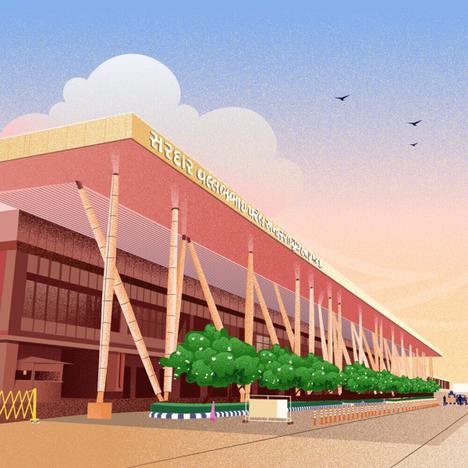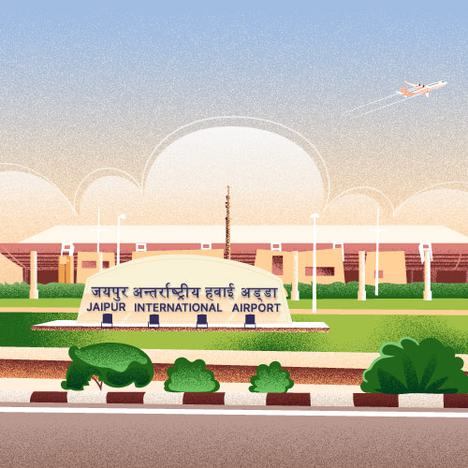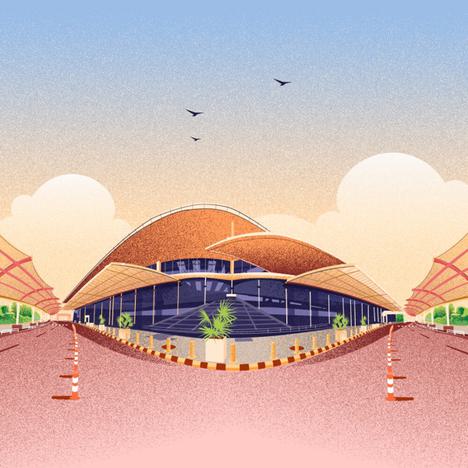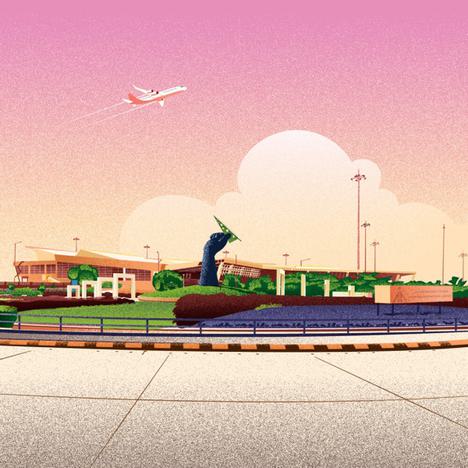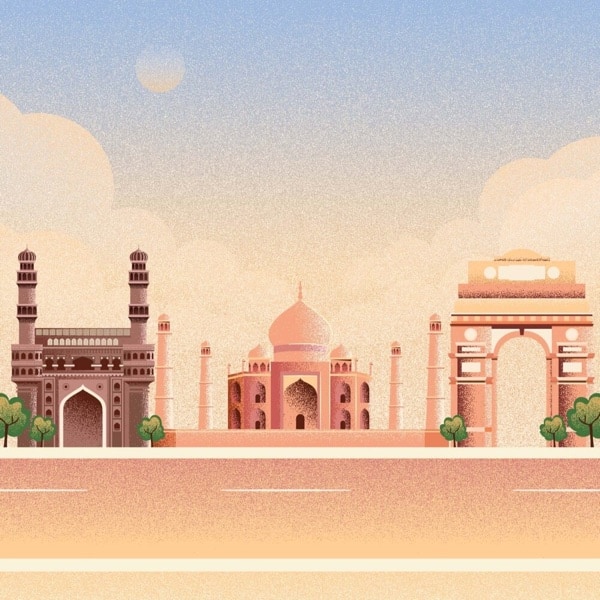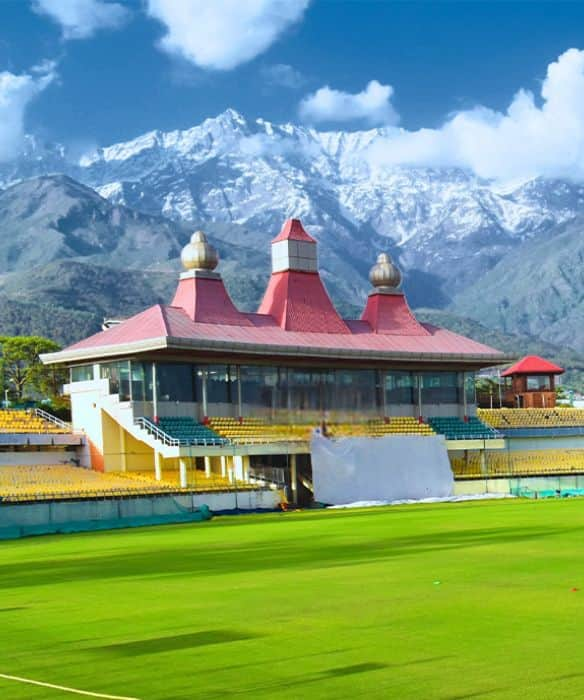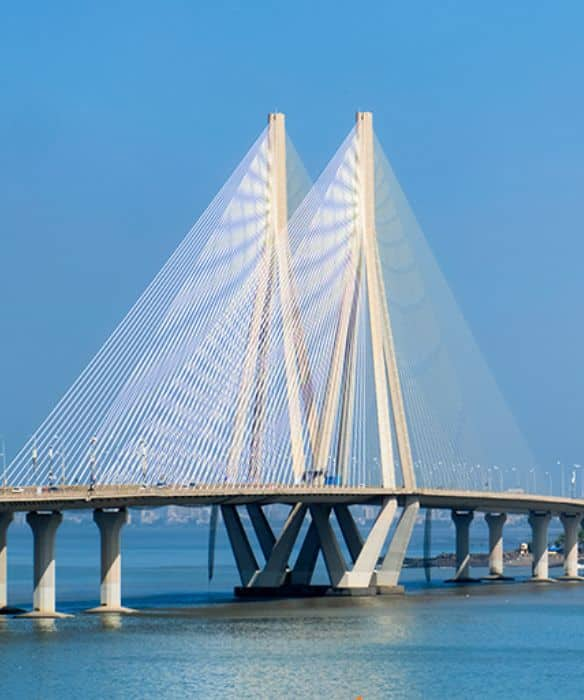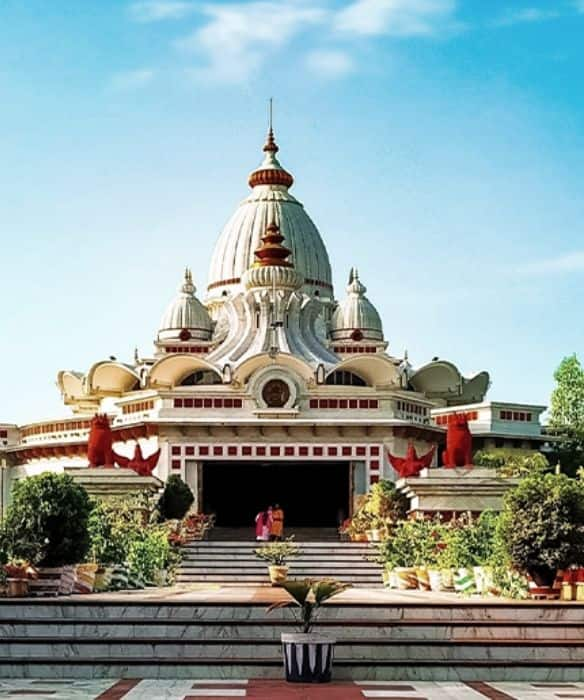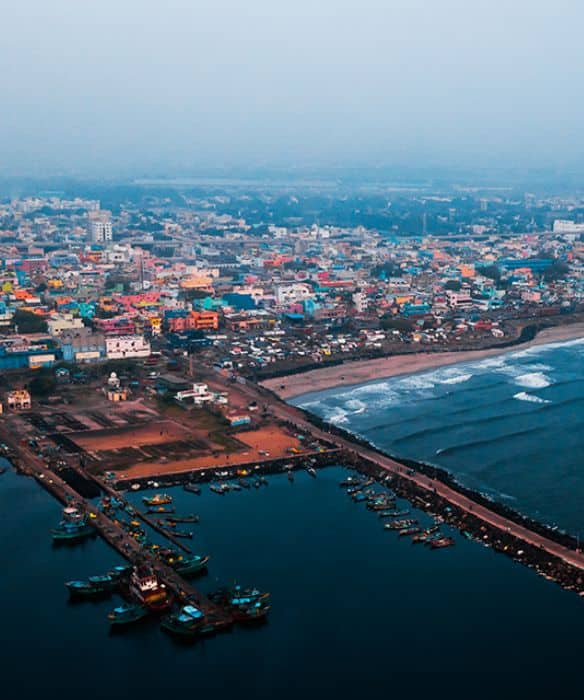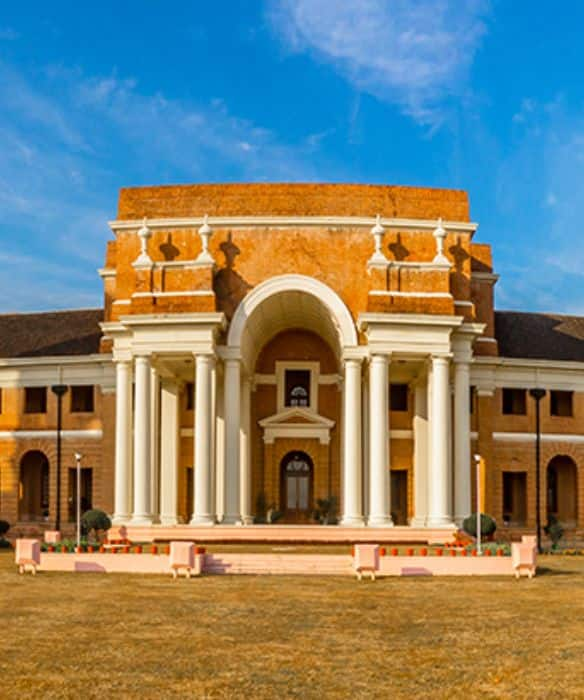About Sikkim
Sikkim, a small but spectacular gem in India's northeast, is wedged between the mighty Himalayas. It’s not just a state; it’s the manifestation of nature's beauty mixed with cultural richness, making Sikkim tourism a sought-after experience for every travel enthusiast. This region offers a perfect blend of scenic vistas, serene monasteries, and vibrant traditions that hold the essence of both Buddhism and local indigenous practices.
Sikkim is distinct in its harmony of different religions and cultures. With Tibetan Buddhism playing an integral role in its spiritual ethos, the state is dotted with monasteries that are not only profound spiritual centres but also architectural marvels. The Rumtek Monastery, a replica of the original Kagyu monastery in Tibet, is essential for understanding Buddhism's influence on Sikkim's culture. As you walk through this sacred space, your ears will pick up the harmonic chanting of monks, and your nose might catch the subtle scent of juniper incense burning during rituals.
The indigenous Lepcha and Bhutia tribes contribute equally to the cultural mosaic of Sikkim. Festivals such as Saga Dawa (marking Buddha's birth, enlightenment, and death) and Losar (Tibetan New Year) showcase rich traditions through colourful processions and lively dances.
Nature lovers will find their paradise in Sikkim. The state's rugged terrain offers everything from lush rhododendron forests to snowy peaks like Mt. Kangchenjunga—the third-highest mountain in the world—that dominate its skyline. A journey to the Yumthang Valley will expose you to a swath of vibrant flowers during springtime, creating a vivid tapestry against snow-capped mountains—a sight that’s both breathtaking and serene.
Adventurers can trek through various trails that wind through dense forests and alpine meadows or challenge themselves with a mountaineering expedition to one of Sikkim’s towering peaks. For those looking for gentler experiences, river rafting on the Teesta River offers thrilling rapids against an awe-inspiring backdrop.
Sikkim's cuisine is as varied as its demographics. Traditional dishes such as thukpa (a noodle soup) and momos (dumplings) reflect Tibetan influences while showcasing local ingredients like organically farmed vegetables and spices. Do try the local cheese known as chhurpi, and wash it down with tongba, a warm fermented millet drink that’s especially comforting in cold weather.
Sikkim has a rich history, evident from its ancient capitals like Rabdentse near Pelling. Here you can see ruins that whisper tales of a bygone era when this was a thriving city under the Namgyal kings until it was destroyed by Nepalese invaders. This site offers panoramic views of the surrounding valleys and serves as a poignant reminder of Sikkim’s resilience.
Today, Sikkim stands as an example of coexistence with its environment—it was India’s first fully organic state. Its capital, Gangtok, combines modernity with tradition; urban structures are balanced by green spaces such as MG Marg, where vehicles are banned, making it a pleasant pedestrian zone filled with local shops and eateries offering both local and international cuisines.
Travellers can immerse themselves in local art forms by visiting workshops where traditional Thangka paintings are made or handicraft sessions where wooden masks for various festivals are carved delicately by hand. For wellness enthusiasts, meditation sessions led by experienced monks can be a profound experience amidst the tranquillity of a monastery set against Himalayan views.
